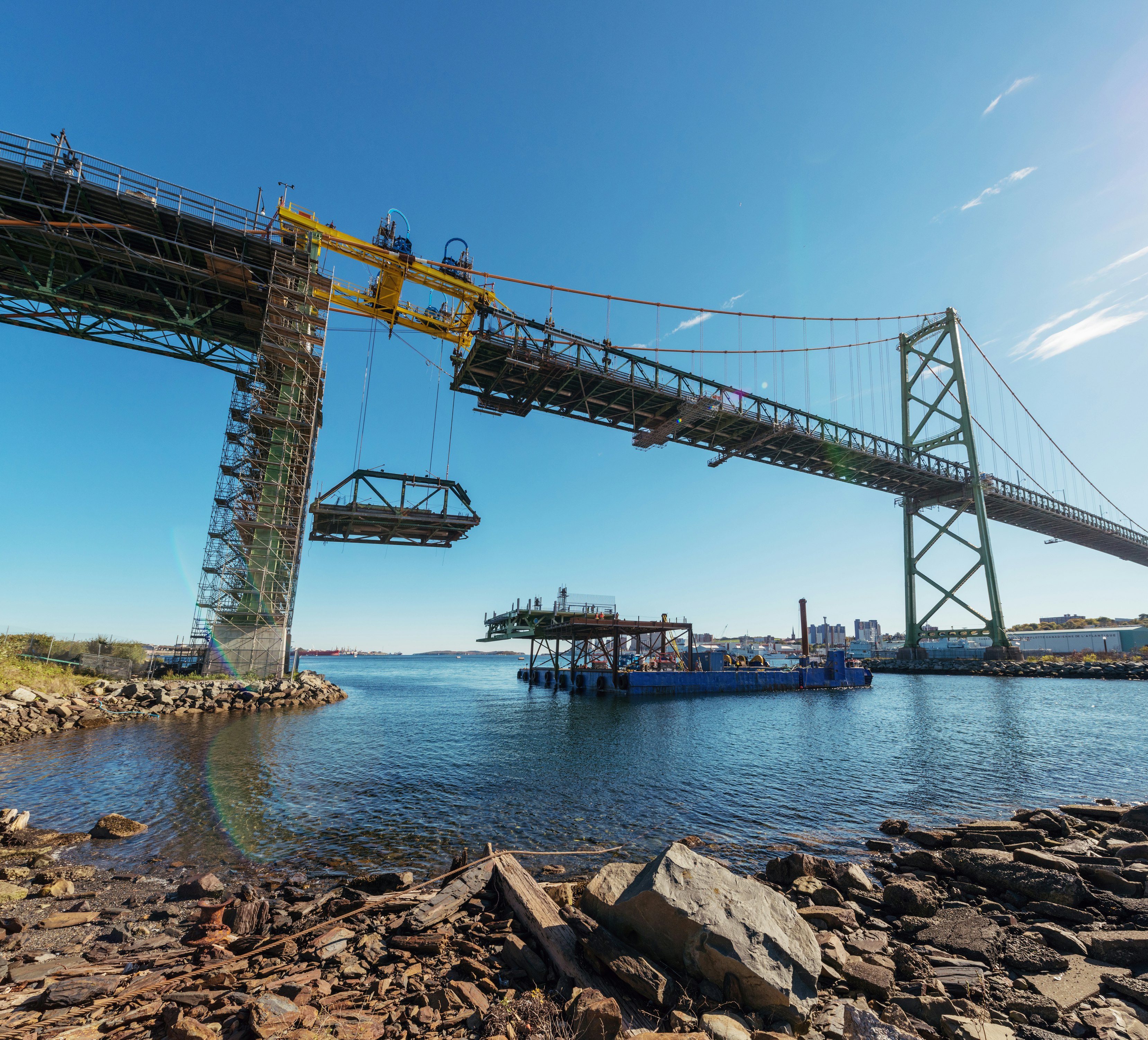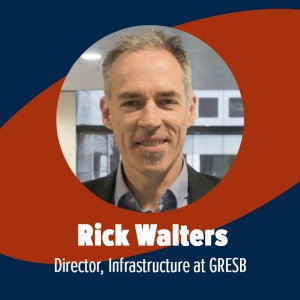Sustainable investment is the key to bridging the infrastructure gap

 Arguably there has never been a better, or more vital, time to invest in infrastructure. This is driven from both the demand and supply side of capital. On the demand side there is a desperate need for more investment in infrastructure. This applies to both developed and developing economies.
Arguably there has never been a better, or more vital, time to invest in infrastructure. This is driven from both the demand and supply side of capital. On the demand side there is a desperate need for more investment in infrastructure. This applies to both developed and developing economies.
The infrastructure gaps
In developed countries, report card after report card shows that investment in infrastructure by governments is lagging societal needs and there’s much media commentary about the infrastructure gap of around $350 billion per year. How better to fill the infrastructure gap than with nimble, private capital?
In developing countries, the need is even more pressing, with an annual financing gap of up to US$ 1.5 trillion. The gap is further exacerbated if we include the infrastructure investment needed to achieve the UN sustainable Development Goals - and surely we must. To close this gap, many are working to attract private capital by seeking to better define infrastructure as an asset class and standardize infrastructure investments.
On the supply side, infrastructure as an asset class has been the flavor of the decade, or even longer. Its long term, low risk returns are highly desirable to investors, especially in the ‘new normal’ low interest rate environment, and particularly for ‘patient’ investors like pension funds.
Barriers to bridging the gap
Given this equation, why isn’t the gap being bridged? There are of course barriers. We’ve seen strong competition for infrastructure acquisitions in the most developed markets, which has driven up prices for the most prestigious assets. So naturally investors are looking for more value elsewhere. There are multitude risks in emerging markets that tend to scare off conservative investors (e.g. currency and sovereign risks) despite efforts from governments and MDBs to ‘de-risk’ these investments to try to attract private capital.
On top of these barriers, however, is an even bigger mega trend that may derail attempts to bridge the infrastructure gap (puns intended). The ‘post truth’ era has seen the rise of populism globally in various guises, bringing with it a backlash against privatisation in many countries. While a few high profile cases have borne the brunt of public criticism, I don’t think anyone in the industry could deny that this is a general tide against private investment in infrastructure, mainly based on a general suspicion that ‘fat cat’ private investors are making a killing at the expense of the average train commuter, road user, water service user, energy user, and student (school user). As an industry, we failed to detect this tide and now have considerable work to do to establish the ‘social licence’ for private investment in infrastructure.
Sustainability must be at the heart of every infrastructure investment.
The ‘social licence’ – is this the answer?
Groups like GIIA must be applauded for taking up the cudgel to establish the social licence. I argue that sustainability (or ESG as investors are accustomed to reference) must be central to these efforts. While infrastructure by its nature tends to provide valuable and sometimes essential or critical services to society, the value of these services is not always well appreciated. There can also be a tendency amongst infrastructure service providers to ‘rest on their laurels’ and largely forget that infrastructure can also have some significant negative impacts. Social infrastructure assets might tend to think that as long as they are providing a needed social service (such as a hospital) they are doing a good job, but this may ignore issues such as high energy consumption or large amounts of waste sent to landfill or incineration. Similarly, renewable energy assets might assume that they are ‘sustainable’ simply because they are generating renewable energy, but this may ignore that they could have replaced valuable agricultural land or are not providing local jobs.
Managing ESG performance
Taking a sustainability frame of reference helps put everything in perspective. Properly measuring and reporting ESG performance can help to understand, demonstrate and respond to all the positive and negative impacts of infrastructure. This is precisely why ESG has hit the mainstream for infrastructure investing. More and more, asset managers ‘get’ that they must take account of the big picture and engage with and respect the views of all stakeholders. There is no more ‘under the radar’.
The backdrop to this issue of social licence is carbon. Some reports say that infrastructure is responsible for 60% of greenhouse gas emissions. No infrastructure can argue that it is sustainable without addressing this issue. Of course, there is much uncertainty about how the world will address this challenge and what the role of infrastructure will be. Managers must plan in the face of this uncertainty. This means helping to mitigate carbon in line with achieving Paris targets (known as addressing transition risk), but also adapting to climate change, in case the world does not achieve the targets (known as addressing physical risk).
Arguably the infrastructure manager’s job is much more complicated than a few decades ago – manage the asset to provide its service and make a profit, understand and address ESG risks and opportunities, and in particular prepare for the challenges of the climate crisis. But the challenges don’t stop there - down in the ESG weeds, it’s also hard work – there is a lack of good quality data that managers and investors can rely on. We need to follow the path of the real estate sector in refining reporting boundaries, demanding complete data sets, building in assurance and being transparent. While there is a natural fear of reporting burden, we need to quickly grow accustomed to a world where data is the ‘new oil’ and we all need to be skilled in finding it and using it.
Impact investment
Touching on another emerging trend – impact investing. “Impact investments are investments made with the intention to generate positive, measurable social and environmental impact alongside a financial return" - where does this fit into infrastructure investing?
It could be argued that all infrastructure investments are impact investments. They certainly generate positive social and environmental impacts alongside a financial return. They may even be intentional, after all, what wind farm is built without the intention to provide renewable energy and thereby reduce global greenhouse gas emissions?
Finally, if they use a recognised framework to report on their ESG risks and opportunities, then they may even have measurability. It is a small jump to say that infrastructure is the ultimate impact investment. And what a way to demonstrate our social licence!
Looking ahead
The infrastructure investment community finds itself at the nexus of several global trends - sustainability, data, impact, social licence, emerging markets, climate change. This is an exciting place to be with many challenges and opportunities. I am hopeful that we will look back in ten years and see that we got things right and seized these opportunities. If we don’t, we not only risk losing out financially but worse, and far more important, we risk seeing our infrastructure degrade, global challenges not be met and the world far worse off. If we keep sustainability at the heart of our infrastructure investing, I am confident that we will have a positive future.